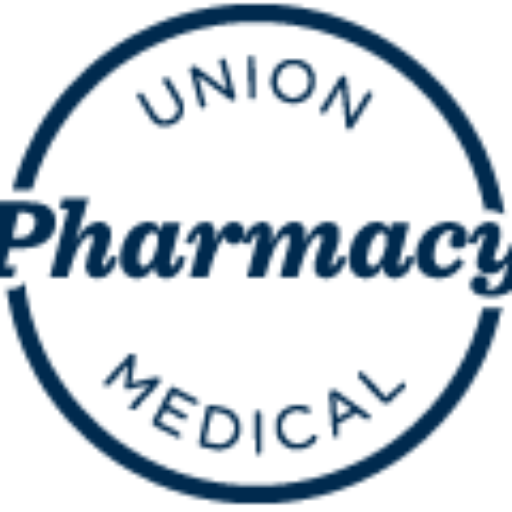A new study that reviewed multiple clinical trials finds that non-invasive brain stimulation may be a reasonable alternative treatment for depression.

Doctors should consider brain stimulation as an alternative treatment for people living with severe depression, finds a new review.
Depression
Over 17 million adults in the United States have had an episode of major depression at one point in their lives. Some of these people have treatment-resistant depression, which means common prescription drugs do not alleviate the symptoms. Recent studies have pointed to alternative treatment methods for major depression, such as non-invasive brain stimulation techniques.
The Study
Recently a number of small studies have appeared showing that using small electrical currents to stimulate a brain area called the orbitofrontal cortex significantly improves the mood of people who did not benefit from conventional antidepressant drugs. For example, one of these studies showed that using a form of brain stimulation called “transcranial alternating current stimulation” (tACS) cut depression symptoms by almost 80 percent of the study participants. Despite such promising results, these techniques are not being used widely. Possibly because no large study has been done to confirm the effects of .
To address this issue a team of researchers from England used a technique called meta analysis to combine the results of many small studies to make one large study. Their research set out to determine if combining the results of multiple smaller clinical trials would show a the benefits of non-invasive brain stimulation techniques for people living with depression. The team examined the results of 113 trials. Overall, these trials included 6,750 participants who were 48 years old, on average, and were living with major depressive disorder or bipolar depression.
The original clinical trials involved randomly assigning these participants to 18 treatment interventions or “sham or placebo” therapies. The reviewers focused on the response of the treatment, as well as the “discontinuation of treatment for any reason. The therapies included in the review were electroconvulsive therapy (ECT), transcranial magnetic stimulation (repetitive (rTMS), accelerated, priming, deep, and synchronized), theta burst stimulation, magnetic seizure therapy, transcranial direct current stimulation (tDCS), or sham therapy.

Of these, the treatments that the researchers in the original trial examined most often were high frequency left rTMS and tDCS, which they tested against sham therapy. On the other hand, not many trials covered more recent forms of brain stimulation, such as magnetic seizure therapy and bilateral theta burst stimulation, the review found. The team deemed 34 percent of the trials they reviewed as being of good quality (low risk of bias). They considered half of the trials to have an “unclear” risk of bias, and finally, 17 percent to have a high risk of bias. The newer the treatments, the higher was the uncertainty of the trials’ results.
The review found that bitemporal ECT, high dose right unilateral ECT, high frequency left rTMS and tDCS were all significantly more effective than sham therapy both in terms of efficacy and discontinuation. When considering discontinuation of treatment for any reason, the researchers found that the participants were not more likely to discontinue brain stimulation treatments than they were sham therapy. The researchers concluded that their findings provide evidence for the consideration of non-surgical brain stimulation techniques as alternative or add-on treatments for adults with treatment resistant major depressive episodes.
However, these findings also highlight the need for more high quality research in the specialty of non-drug therapies such as brain stimulation. These results also serve the clinical purpose of informing clinicians, patients, and healthcare providers on the relative merits of multiple non-surgical brain stimulation techniques.

Leave a Reply